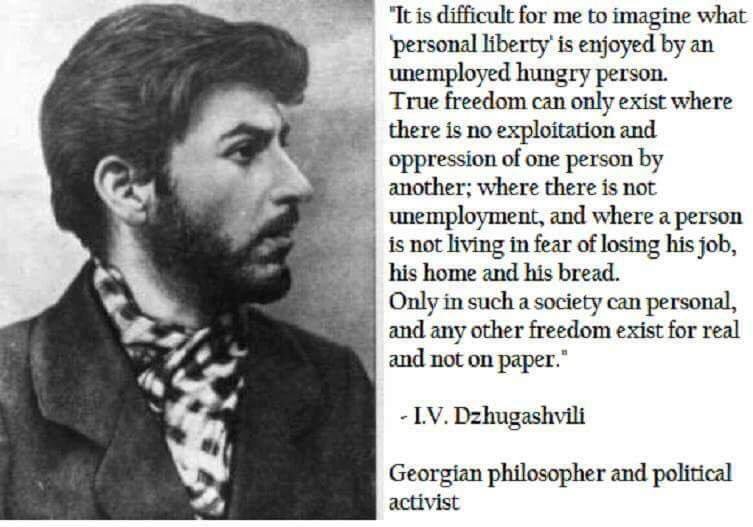After the war, he plundered Nagarkot(Bhimkot) in the vicinity and attained much loot. Hindus called it Makhzan-ul-Asnam or the '' Treasury of the Idols ". Since the army was in the field with Anandpal, there was not much resistance
In fact, this can indicate the scars on their faces Huns were famous for.
cbkwgl.wordpress.com/2018/09/06/far…






